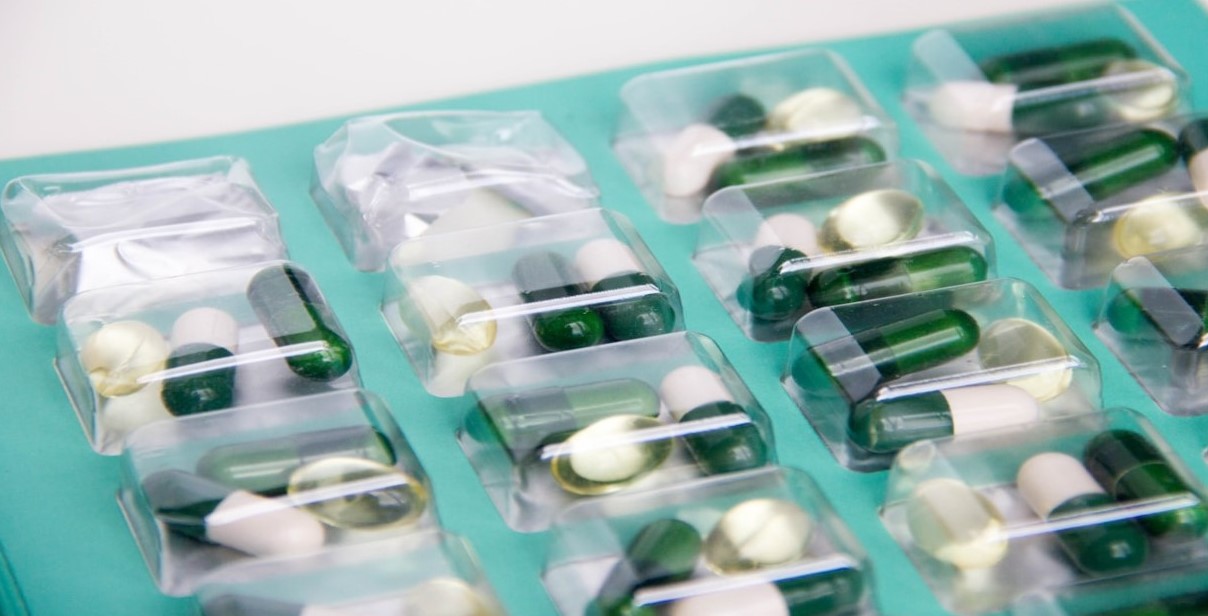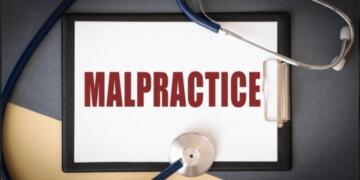The journey towards enhancing medication safety in hospital environments is a continuous process, integral to patient care. Establishing robust safe medication practices mitigates the risks associated with medication errors, which can lead to adverse events. As healthcare systems strive to improve patient outcomes, focusing on safe medication practices becomes paramount. In this article, we will explore the critical components and strategies for instituting these practices effectively within hospital settings. Keep reading to understand how your institution can better safeguard its medication processes.
Understanding the Importance of Safe Medication Practices in Hospitals

Ensuring safe medication practices in healthcare settings is paramount due to the severe consequences of errors in prescribing, dispensing, and administering medications. Hospitals must establish robust safeguards against such mistakes to foster a culture of safety and accountability among healthcare teams. From prescription to administration, every stage of medication management requires specific safety protocols to mitigate risks, as recognized by resources for The Institute for Safe Medication Practices.
Patient-centered approaches are crucial in enhancing medication safety. Engaging patients in their care, educating them about their medications, and promoting clear communication with healthcare providers all contribute to building trust and reducing errors. Empowered patients are more likely to adhere to treatment plans and detect potential issues early on. Implementing effective safety practices not only enhances patient outcomes but also offers significant cost savings by minimizing avoidable adverse drug events.
Key Elements of an Effective Medication Safety Program
A medication safety program requires a systematic approach, starting with leadership commitment to safety. Hospital leadership should champion safety, allocate resources appropriately, and create an environment for open discussion and addressing safety concerns. Evidence-based guidelines and standardization of medication practices are essential to minimize confusion and variability, which are often the root of errors.
Standardizing processes like labeling, storage, and dispensation helps maintain consistency and reduce mistakes. Continuous monitoring and reporting of errors and near-misses are crucial, with a non-punitive approach encouraging healthcare workers to share experiences. A transparent program involves patients through education and clear communication. A successful program is continually evolving, with regular policy reviews and updates to stay at the forefront of medication safety practices.
Technologies and Tools That Enhance Medication Safety
Technological advancements have significantly improved medication safety in hospitals. Computerized physician order entry (CPOE) systems eliminate handwritten prescription risks, reduce transcription errors, and can be integrated with decision support systems to flag potential drug interactions or contraindications. Barcoding technology ensures correct patient dosage and time by scanning medication barcodes and matching them with patient wristbands.
Automated dispensing cabinets streamline workflow and provide security and accountability by tracking medication dispensation. Integrating electronic health records (EHRs) across the healthcare system allows for better coordination of care, preventing errors associated with polypharmacy and allergic reactions. These advancements have become cornerstones in medication administration safety.
Training Healthcare Professionals for Safer Medication Management

Healthcare professionals’ education and training are crucial for safe medication management. Regular training sessions keep staff updated with safety protocols and error prevention tools. Understanding the “why” behind each protocol reinforces compliance and vigilance. Simulation-based training improves medication safety by reshaping healthcare professionals in real-life scenarios.
Interdisciplinary communication is essential for a cohesive approach, emphasizing the roles of pharmacists, nurses, physicians, and support staff in ensuring safety. Continuous learning and professional development are essential for maintaining high standards in medication management. Engaging in webinars, conferences, and resources like The Institute for Safe Medication Practices can provide healthcare professionals with knowledge and inspiration to remain proactive in their efforts.
Evaluating and Improving Medication Safety in Hospital Settings
Medication safety programs require evaluation through audits and performance metrics to assess the effectiveness of safety strategies. This data helps identify gaps and areas for improvement. Quality improvement initiatives can enhance medication safety by analyzing root causes of errors and adverse drug events, leading to changes in processes and policies. Peer review and benchmarking can share best practices and ignite innovative solutions.
Learning from others’ successes and challenges is crucial for continuous safety improvements. Patient feedback is an overlooked resource, as it offers unique insights into the medication administration process and can help identify areas where communication and practices may be lacking. These perspectives can drive meaningful changes for a safer environment.
Overall, implementing safe medication practices in hospitals is a complex task that requires a multifaceted approach. By understanding its importance, integrating key elements, leveraging technology, training healthcare professionals, and continuously evaluating practices, hospitals can create safer environments for patients and staff, enhancing care quality.


































